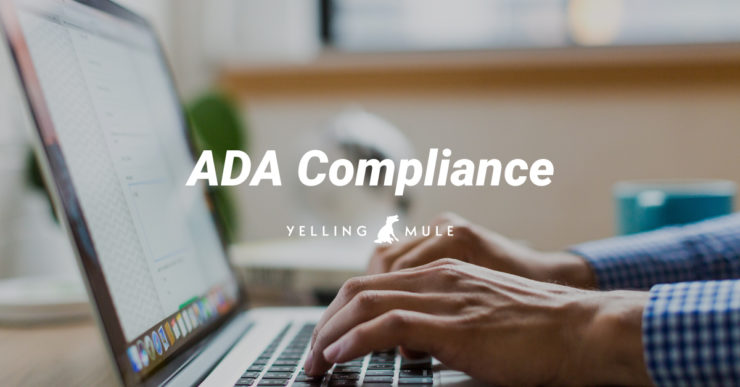
Did you know that ADA Compliance is a massive factor in website development? For those who are not familiar with what ADA Compliance is- ADA stands for The Americans with Disabilities Act and it is one of the most prominent pieces of legislation in terms of accessibility. What makes ADA Compliance a little tricky in regards to websites is that it was created in 1990- well before the internet was readily available to everyone. However, over the years regulations have been put in place so websites are more accessible.
It’s important to note that there are a number of accessibility techniques that can be done throughout the design and development process. For example, if the website contains video it is important to include subtitles, transcripts and audio descriptions. If images are present they should have alt text, which is a short text that describes the image. All of this will help increase accessibility.
Another significant factor to consider is color. According to Colour Blind Awareness, about 4% (312 million people) of the world’s population has some form of color blindness. That is why it’s important to include patterns, fill, sizing, borders, icons and white space in a website. This will help better communicate the site’s message along with whatever colors are being used. Keep in mind, the color contrast used should be significant enough so that users can easily read text- WCAG 2.0 level AA compliance requires that your text have a contrast ratio of 4.5:1. Additional resources like Adobe Color Accessibility Tools and Chrome’s Lighthouse can also assist developers as they create new websites.

